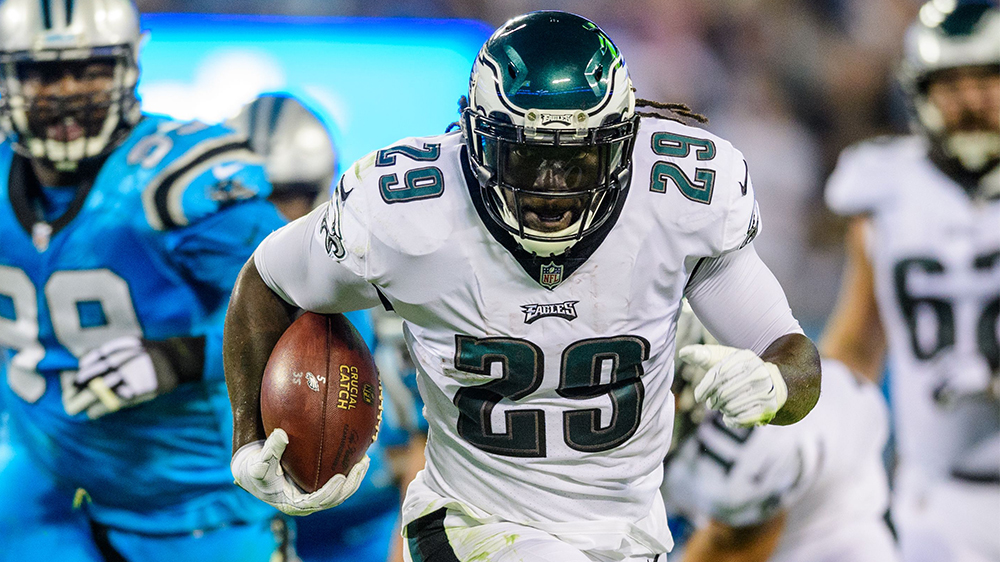Fox Taps Thursday Football to Eke Out Primetime Ad Gains
By Brian Steinberg
LOS ANGELES (Variety.com) – Fox used a new spate of Thursday-night football games to capture Madison Avenue’s interest in its fall schedule.
The 21st Century Fox-owned broadcast network is expected to eke out modest gains in the volume of advance commitments secured from advertisers for its primetime schedule, according to a person familiar with the matter. The negotiations are part of the TV industry’s annual “upfront” market, when TV networks try to sell the bulk of their ad inventory for the coming season. Fox Networks also saw volume gains at its cable networks, this person said, though more specific details were not disclosed.
Buyers estimate that advertisers may have increased their commitments to Fox Broadcasting’s primetime schedule in a low-single-digit percentage range. Using 1% to 2% as a guide, Fox could have secured commitments totaling between $1.48 billion and $1.67 billion. Ad volume committed to Fox’s primetime schedule in 2017 hovered between $1.47 billion and $1.64 billion , according to Variety estimates, flat with the amount the network secured in 2016.
Advertisers expressed interest in Fox’s new spate of “Thursday Night Football” games, this person said, along with a live New York-based pre-game show built around the property. Marketers also expressed interest in broadcast programs like “ 9-1-1,” “Empire,” the 30th season of “The Simpsons,”freshman series such as “The Passage,” “Proven Innocent” and “REL” and special events like “Rent” and a new “Cosmos” limited series.
The results suggest that advertisers are placing slightly more emphasis on television even as they have a growing array of new streaming-video alternatives upon which to slather their money. Media-buying executives suggested that advertiser budgets for TV inventory have come in slightly higher than anticipated. That dynamic, in tandem with an eroding supply of audiences watching linear TV, is forcing prices up. The CW recently indicated that it had notched volume gains of around 15% , owing largely to an additional night of programming that boosted its national ad inventory by 20%.
“This is all about a bit more money, not a lot more, and scarcity because of supply and ratings issues,” said one buying executive. Combined, these factors are “triggering inflation,” this executive said.
Fox pressed for increases in primetime CPMs of between 9% and 10%, according to the person familiar with the network’s talks. The figure measures the cost of reaching 1,000 viewers and is an integral part of these annual discussions between TV networks and their sponsors. In 2017, Fox sought CPM hikes of between 6% and 8%.
NBC, ABC and, in many cases, CBS, have pressed for double-digit percentage increases, and Fox’s decision to seek a lower rate of change may have also helped spur volume.
Fox Networks saw demand for several new ad formats it has been offering as part of the talks. Fox has rolled out six-second ad videos, exclusive commercial for breaks for specific advertisers and “double box” live ads – a graphic presentation used most often during live sports broadcasts that allows for an ad message to appear on screen while the sports broadcast continues.
Fox has sold out another format known as a “JAZ Pod,”a 60-second ad break that contains messages from just one or two advertisers before returning viewers back to the programming they originally sought. Advertisers were pressed to pay higher prices for the units, which Fox executives pitched as being easier for consumers to recall.

